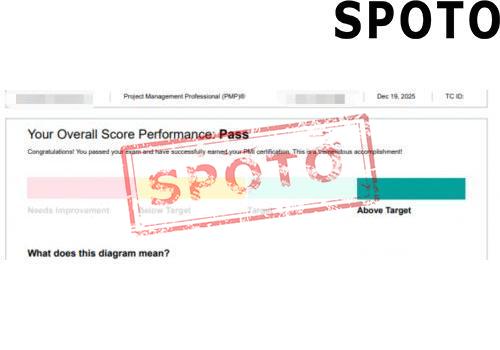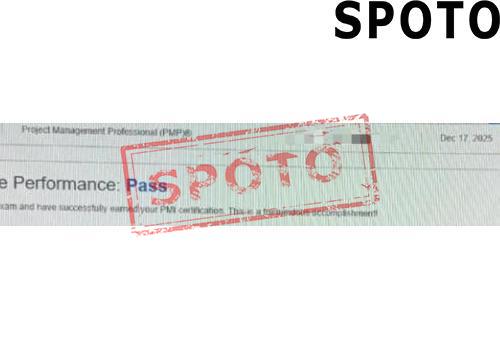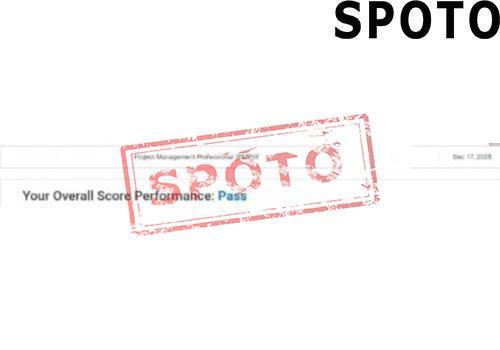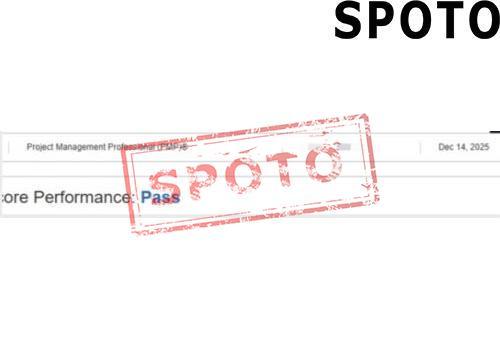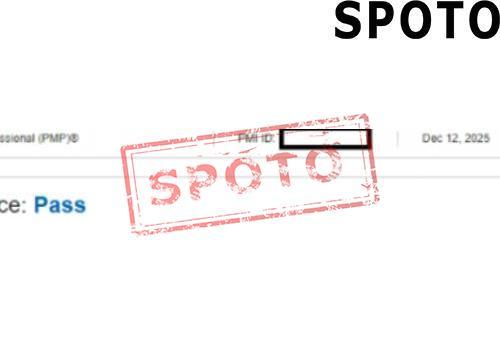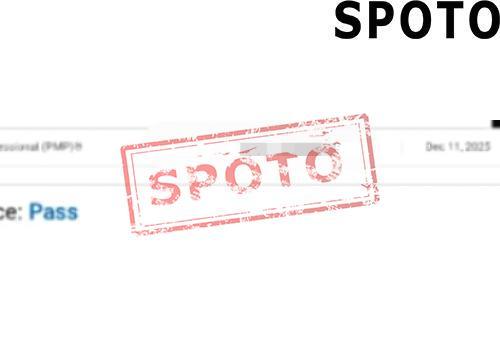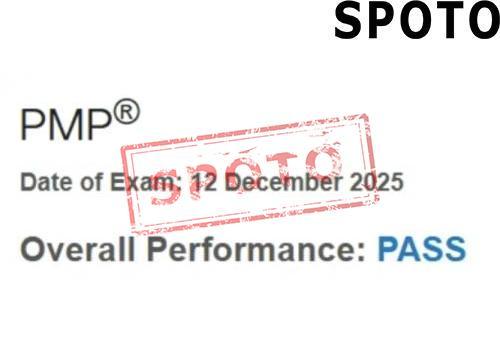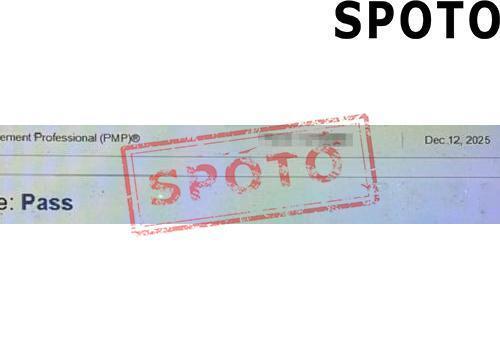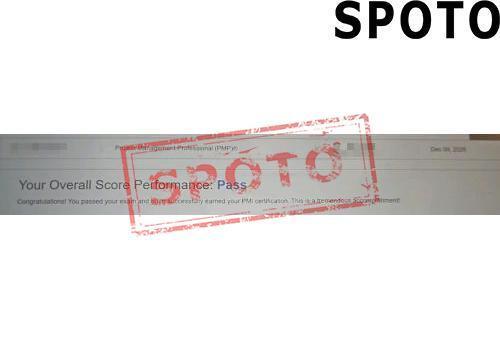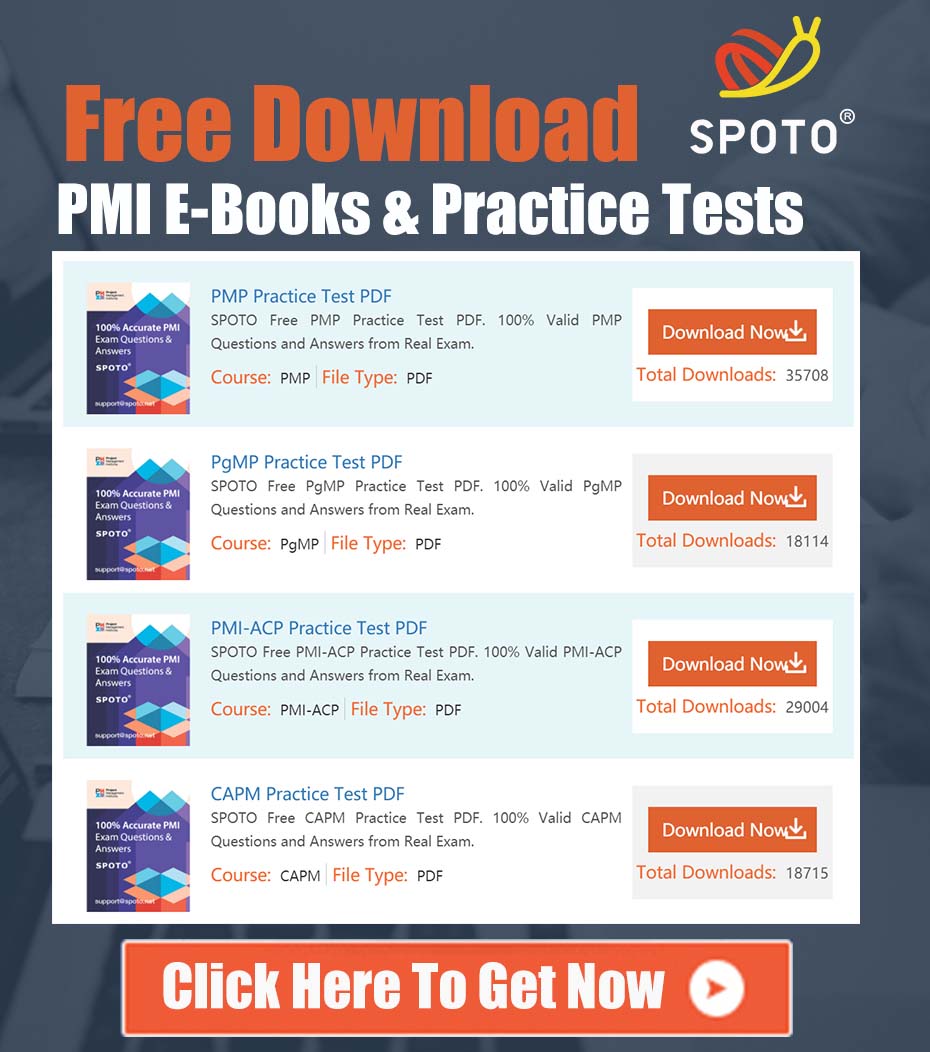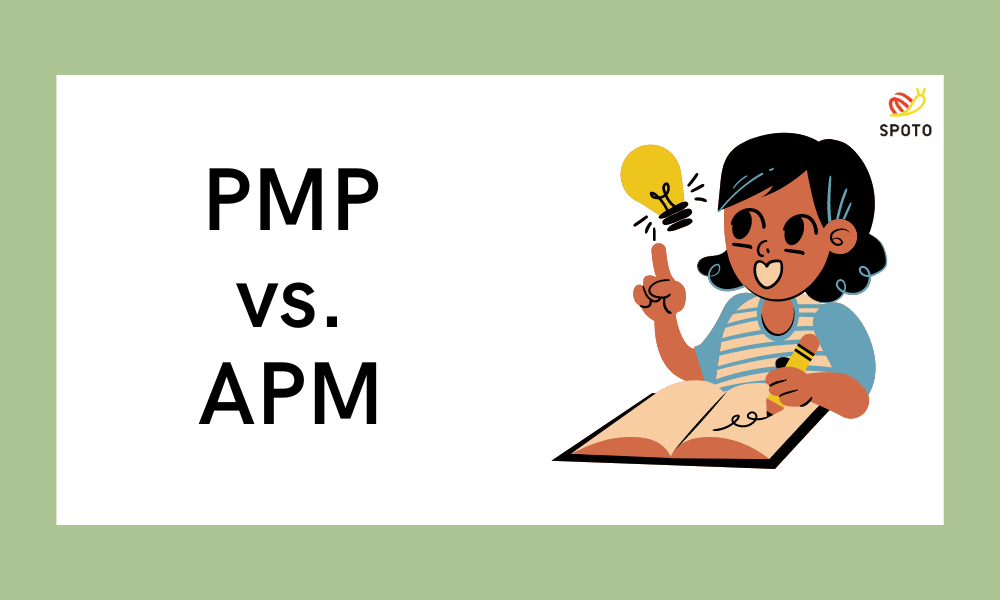
Table of Contents
Introduction
In today's complex and fast-paced business environment, the demand for skilled project managers is at an all-time high. At the heart of this need is the significance of project management certification. Obtaining a project management certification like the PMP or Agile is a testament to one's professional capabilities, full comprehension of project management principles, and commitment to ethical practices. It acts as a robust credibility index that ultimately increases an individual’s competitive advantage in the field.
Brief Explanation of the Importance of Project Management Certification
Indeed, a project management certification serves as a formal endorsement of a manager's proficiency in project planning, initiation, execution, control, and closure. It symbolizes a demonstrated understanding of the critical aspects of project management, including risk management, cost management, quality control, and stakeholder communication. A certified project manager brings tremendous value in ensuring projects are delivered on time, within budget, and in alignment with the organization's overall strategic objectives. Therefore, attaining such a certification is beneficial not only for individuals who wish to validate their skill-set but also for organizations that aim to enhance project success rates.
Introduction to the Difference between PMP and Agile Project Management
Project Management Professional (PMP) and Agile are two prominent certification types within the realm of project management, but they represent different approaches to project execution. PMP, a credential established by the Project Management Institute (PMI), reflects traditional project management methodologies, emphasizing detailed, upfront planning, and sequential development. In contrast, Agile prioritizes adaptability and customer collaboration, delivering value in small, manageable increments known as iterations. As we delve further into this article, we'll explore these two methodologies in-depth, revealing the perfect circumstances to apply them, and helping you determine which certification aligns best with your career aspirations and project needs.
Agile Project Management
A. Introduction to Agile Project Management Approach
Agile project management adopts an iterative and incremental approach to planning and guiding project processes. Unlike traditional project management, it embraces changes and places great emphasis on customer collaboration, rapid delivery, and adaptability.
B. Key Principles and Values of Agile
Agile exhibits four cardinal values, namely: individuals and interactions over processes and tools, working software over comprehensive documentation, customer collaboration over contract negotiation, and responding to change over following a plan. There are 12 supporting principles to these values including continuous delivery, embracing changes, self-organizing teams, and retrospective reflection for continuous improvement.
C. Different Agile Methodologies (e.g., Scrum, Kanban, Lean)
Agile comprises multiple methodologies to serve different project needs. Scrum focuses on iterative progress and feedback, characterized by sprints, stand-up meetings, and reviews. Kanban emphasizes visual appeal, utilizing a Kanban board for task tracking. Lean, on the other hand, aims at eliminating waste, enhancing speed and delivering value to the customers.
D. Benefits and Challenges of Implementing Agile in Projects
Agile exhibits numerous benefits including customer satisfaction through continuous delivery, ability to manage changing priorities, and increased team productivity. However, challenges exist as well. The transition to Agile can be difficult and requires a cultural shift in the organization. Additionally, lack of Agile experience among team members can hinder Agile execution.
Choosing the Right Approach
Deciphering the puzzle of selecting the optimal project management methodology for your team’s needs involves a multifaceted evaluation. This journey requires understanding not only the distinctive frameworks of PMP and Agile but also the unique circumstances of your project and team.
Factors to Consider When Selecting Between PMP and Agile
The decision-making matrix for selecting the right project management approach is intricate, with multiple dimensions to consider. Paramount among these is the nature of the project itself, including its scope, complexity, and the degree of flexibility required. Additionally, the organizational culture and the readiness of your team to adapt to new methodologies play crucial roles. The criticality of timelines, budget constraints, and the demand for innovation versus adherence to predetermined plans further influence this decision.
Evaluating Project Requirements, Team Dynamics, and Stakeholder Expectations
- Project Requirements: Projects with a well-defined scope and stable requirements may benefit from the structured approach of PMP, while those with evolving needs align with Agile’s flexibility.
- Team Dynamics: The composition and size of your team, along with their experience with project management methodologies, can guide the choice. Agile methodologies, fostering more collaboration and adaptability, may suit tightly-knit, smaller teams.
- Stakeholder Expectations: Stakeholders’ tolerance for risk and change, along with their desired level of involvement, can also dictate the preferred approach. Agile offers more opportunities for stakeholder engagement and feedback throughout the project lifecycle.
Combining PMP and Agile for Hybrid Project Management
Embracing the complexity and non-linearity of modern projects, a hybrid project management approach may offer the best of both worlds. By integrating the predictive planning and control of PMP with the adaptive and iterative processes of Agile, organizations can cater to diverse project requirements and team structures. This blending leverages the structured framework of PMP for overarching project planning and governance, while infusing the flexibility and responsiveness of Agile into the execution phases, thus ensuring a comprehensive, adaptable, and robust project management strategy.
Conclusion
In navigating the intricate terrain of project management methodologies, our expedition has traversed the distinctive landscapes of PMP and Agile project management. The PMP certification, with its broad application across various industries, emphasizes a structured project management framework that prioritizes comprehensive planning, control, and execution phases. Conversely, Agile project management, with its roots in software development, champions adaptability, customer collaboration, and iterative progress. These approaches illuminate the spectrum of methodologies available to project managers, each with its unique advantages, challenges, and applicability to different project environments.
Deciding between PMP and Agile methodologies necessitates a careful evaluation of project specifics, team dynamics, and stakeholder expectations. It is not merely a choice between two methodologies but an exploration of the most effective way to achieve project success. For some, the structured approach of PMP will align with their project needs, while others may find Agile's flexibility more conducive to their project environment. Furthermore, the burgeoning trend towards hybrid models showcases the potential for integrating the strengths of both methodologies to manage projects more effectively.
In conclusion, as we stand at this crossroads, it is imperative to delve deeper into the realms of PMP and Agile project management. With a keen understanding of their methodologies, benefits, and challenges, project managers are better equipped to make informed decisions that will steer their projects towards success. Thus, we encourage a continued exploration of these project management methodologies, fostering a dynamic and responsive approach to project management in the ever-evolving landscape of industry needs.
